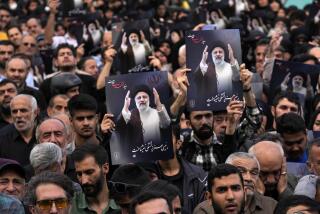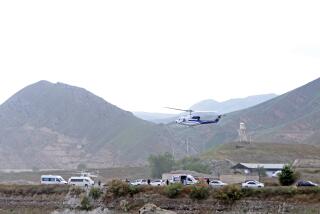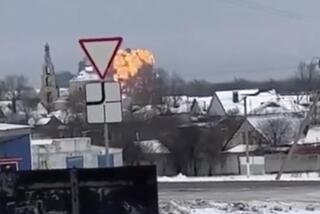Canada mourns its dead from Ukraine International Airlines Flight 752
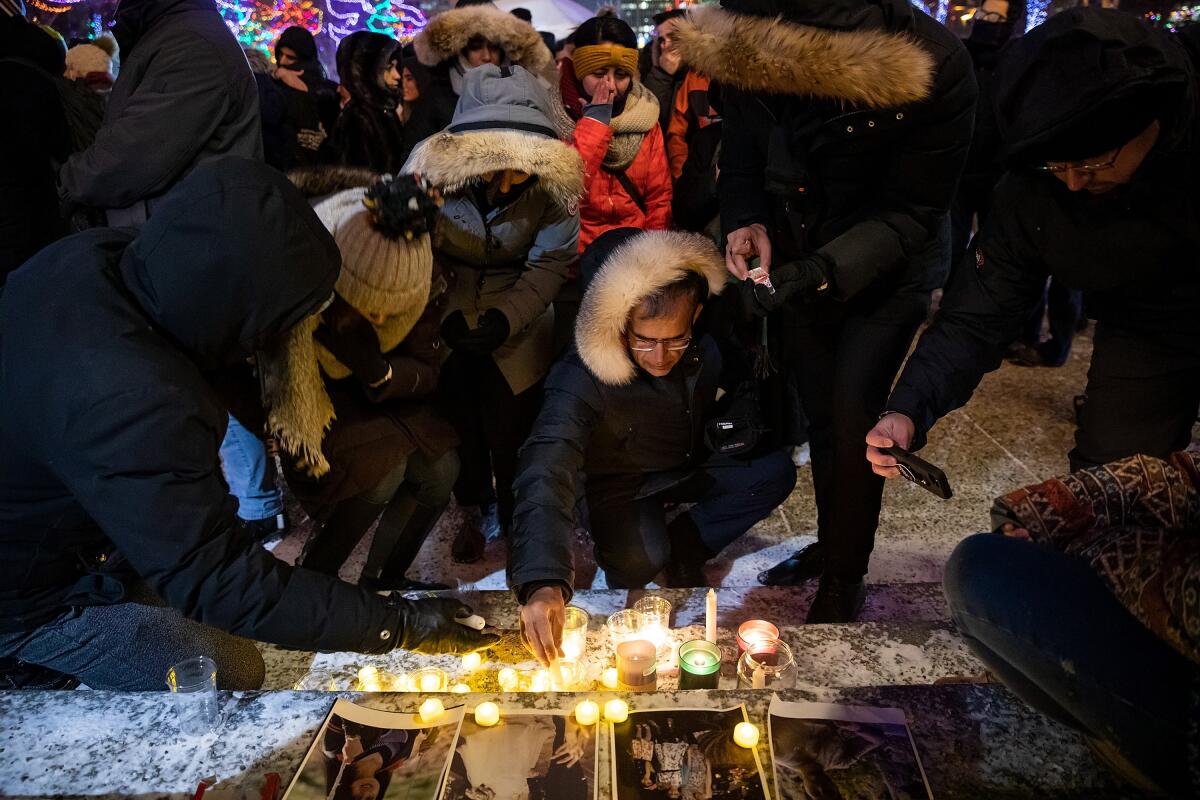
MONTREAL — Less than 24 hours after Ukraine International Airlines Flight 752 crashed shortly after takeoff in Iran, another passenger jet, Ukraine International Airlines Flight 241, arrived at Pearson International Airport in Toronto.
It had 138 empty seats.
They belonged to the dead.
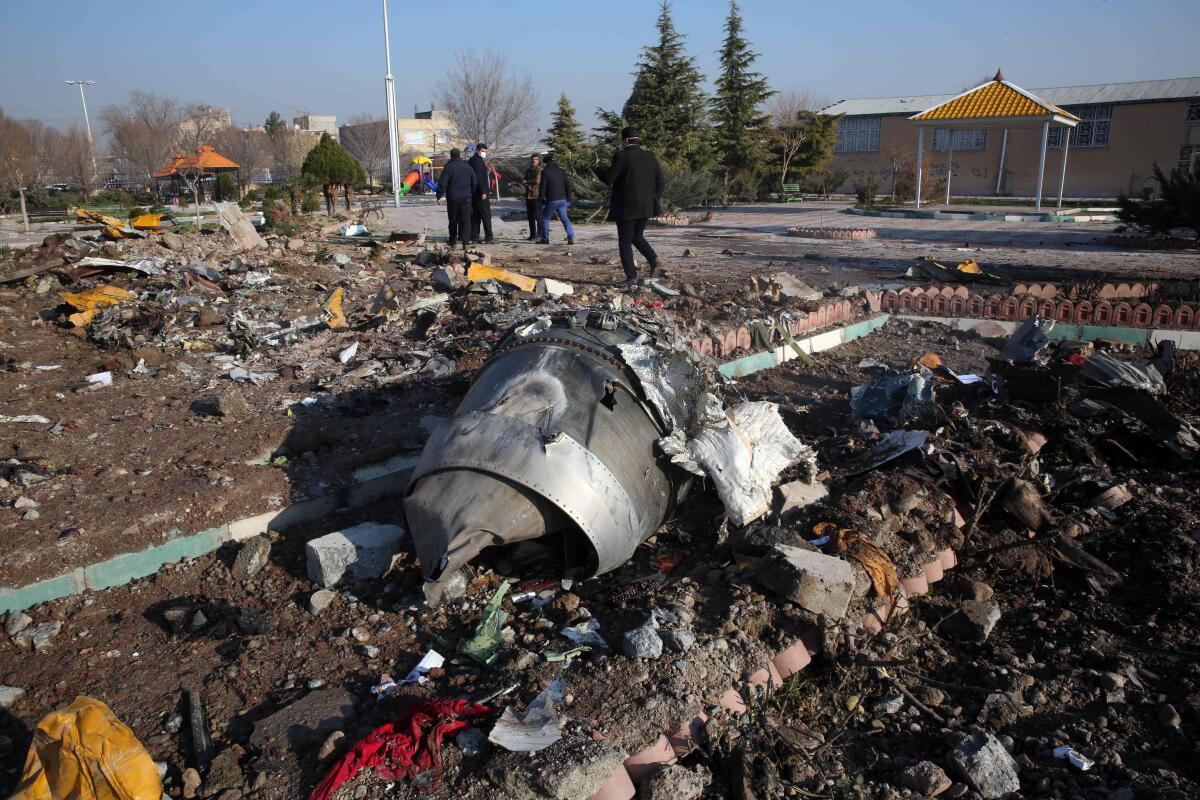
The majority of the 176 people who perished in the the Iran crash Wednesday had been planning to change planes in Kyiv on their way to Canada. They included at least five dozen Canadian citizens.
Among the victims were Siavash Ghafouri-Azar and Sara Mamani, two engineers who had just gotten married in Iran and were on their way home to Canada.
Ghafouri-Azar “had just bought a house in Montreal,” said his former thesis advisor, Ali Dolatabadi, a professor at Concordia University. “They were going to invite us for a housewarming party this new year. He was very excited.”
Canada is in mourning. But it has also emerged as an important third player in the struggle between Iran and the United States. Canadian Prime Minister Justin Trudeau cited “multiple sources including our allies and our own intelligence” on Thursday to make the case that the plane was accidentally downed by an Iranian antiaircraft missile.
Canadians quickly compared the disaster to the 1985 Air India bombing off Ireland that killed 329 people, including 268 Canadians. But unlike that episode, which involved a Sikh separatist group with Canadian ties, the Ukraine International jetliner went down amid international tensions that did not involve Canada.
For days after last week’s killing of Iranian military commander Qassem Suleimani in a U.S. airstrike, Trudeau maintained a studied but awkward silence, wary of antagonizing President Trump but clearly uncomfortable with the American action.
Canada has no diplomatic delegation in Tehran but had been inching toward restoring relations. Canada’s foreign affairs minister, François-Philippe Champagne, in a call to Iranian counterpart Mohammad Javad Zarif, asked that Canadian officials be permitted to provide consular services, identify victims and play a role in what Trudeau said should be “a thorough investigation.”
Champagne added: “It’s more important than ever that we know exactly how such a tragedy could have happened. The families of the victims, and all Canadians, want answers. I want answers. That means closure, transparency, accountability and justice. This government will not rest until we get that.”
The prime minister sidestepped questions about whether the United States bore some indirect responsibility for the air tragedy because of its killing of Suleimani. But he acknowledged that Canada could not avoid that question indefinitely.
Jeremy Kinsman, a veteran Canadian diplomat who has served as ambassador to Britain, Russia and the European Union, described the country’s principal role as “victim.”
“We are roadkill here,” he said in an interview with The Times. “This was an excess of violence all around that went haywire and killed a bunch of innocent people.
“We happened to be in the way. Canadians will be struggling with this incalculable stupid human error for a long time. It is the ultimate in tragedy.”
It is felt most deeply in two communities: Canada’s 1.4 million people of Ukrainian descent and its growing Iranian population, which is clustered in Ontario but also has a significant presence in Quebec, British Columbia and Alberta. Nearly 100,000 Iranians became permanent settlers in Canada from 2006 to 2015.
More than two dozen of the victims were from the Edmonton area, the center of an oil-rich region that has attracted Iranians since the Islamic Revolution in 1979.
The immigrants could have gone to the United States instead, but many regarded it as exceedingly unwelcome to people of Iranian descent after the seizure of 52 Americans in the 1979 Iranian hostage crisis. They have been in the country for so long, and have integrated so intimately and succeeded so remarkably, that they are firmly established in the Canadian mainstream.
“Iran lost the cream of the crop when so many of its middle class chose to come here when there were so many opportunities when oil was booming,” said Daphne Gottlieb Taras, dean of the Ted Rogers School of Management at Toronto’s Ryerson University. “Canada opened its doors to an Iranian diaspora and now, after this crash, you look at the families, the career aspirations, and you cannot wonder about the value of this group of people who came here from a disintegrating regime. It’s one of the finest examples of integration.”
Many of the non-Canadian victims were well-established academics, including professors at the University of Alberta and the University of Guelph in Ontario. Some were students. The number of study visas granted to Iranians has tripled from 2,960 in 2015 to 8,460 in 2019, and early reports suggested that the tragedy claimed the lives of those from 20 Canadian campuses.
“This is a moment of great anguish for us,” said Daniel Beland, director of the McGill Institute for the Study of Canada. “This country prides itself as being very open to foreign students. This is deeply felt far beyond the Iranian community.”
Shribman is a special correspondent. Times staff writer Sarah Parvini in Los Angeles contributed to this report.
More to Read
Sign up for Essential California
The most important California stories and recommendations in your inbox every morning.
You may occasionally receive promotional content from the Los Angeles Times.
